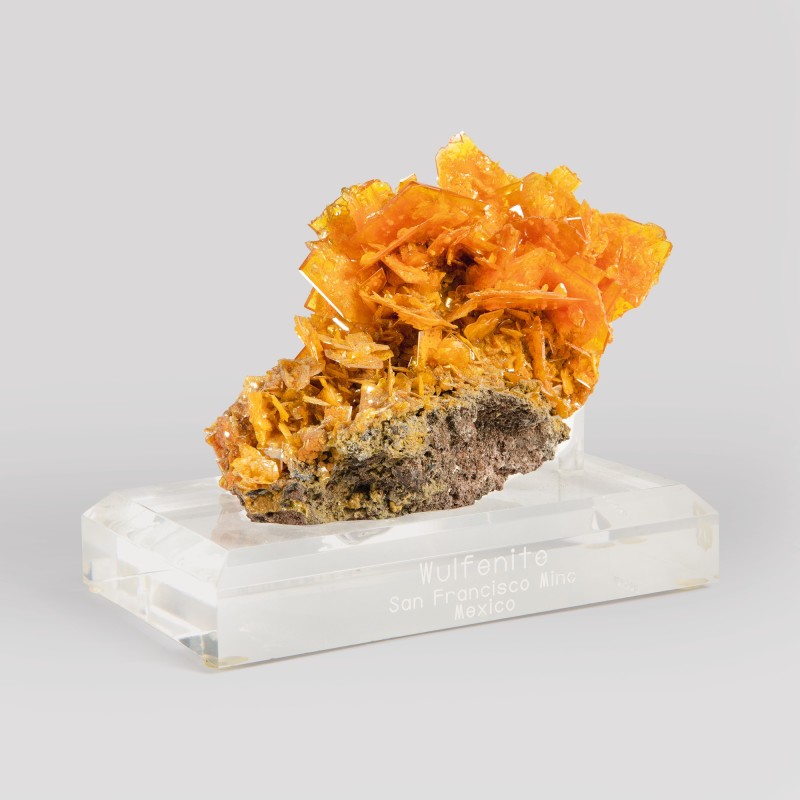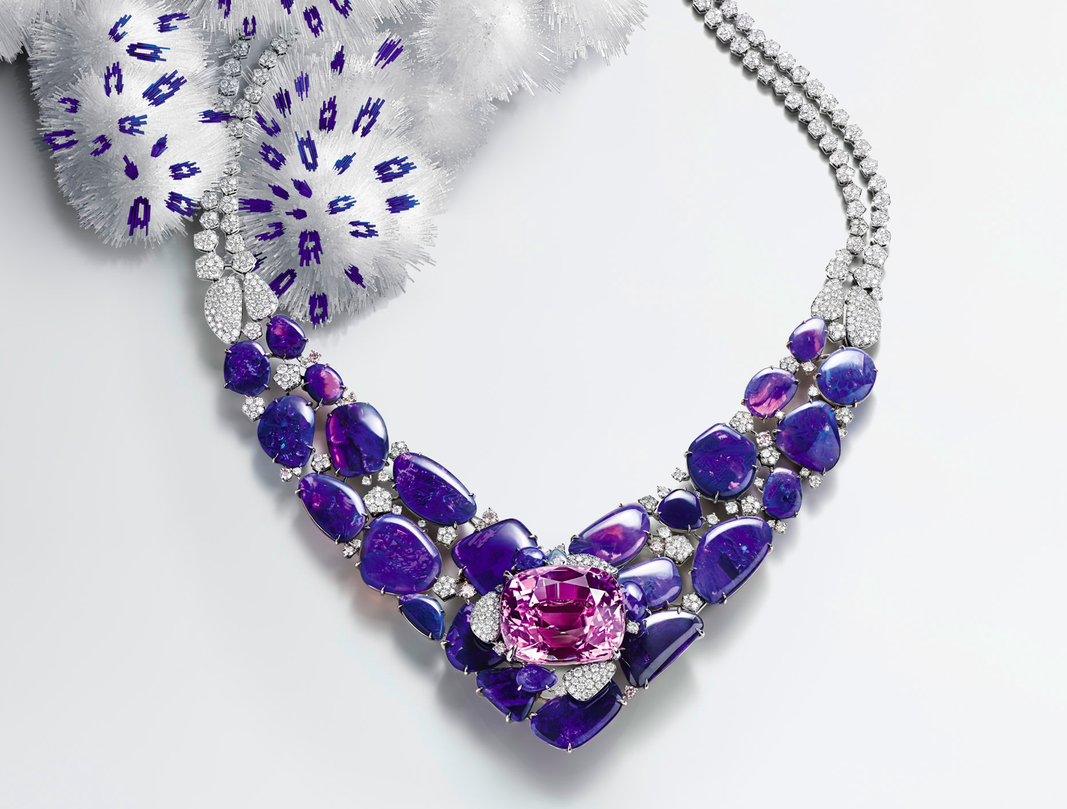This is an amazing story that I had followed a few years ago but had forgotten about. A story of archaeology but also of gemology. If I mention it today, it’s because this major archaeological discovery has been in the news again for a few weeks.
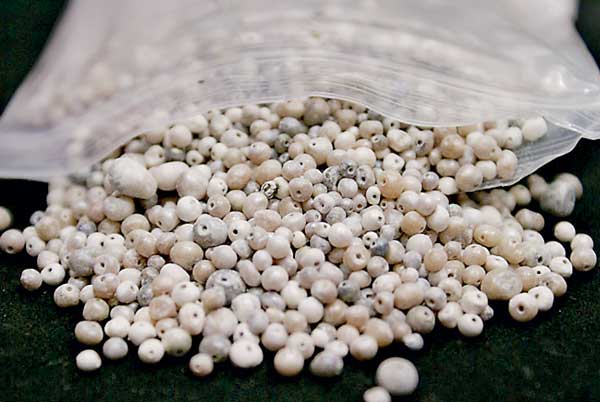
The pearls discovered in the wreck… Photo: ICA Shipwreck story
In 2003, fishermen hauled up ceramic remains in their nets while in Ciberon Bay, a town in Indonesia. Very quickly, the news spread and Luc Heymans (Belgian director of Cosmix Underwater Research, an underwater archaeological exploration company) was partly entrusted with the exploration of the site.
The discovery was made official in 2004. A galleon wrecked in the 10th century was located at a depth of 60 metres. Inside was a treasure that would make any archaeologist green with envy: precious stones, imperial ceramics, jewellery, gold, crystal… in total, 271,000 objects including 4,000 red gemstones and 12,000 pearls… It is enough to make you wonder.
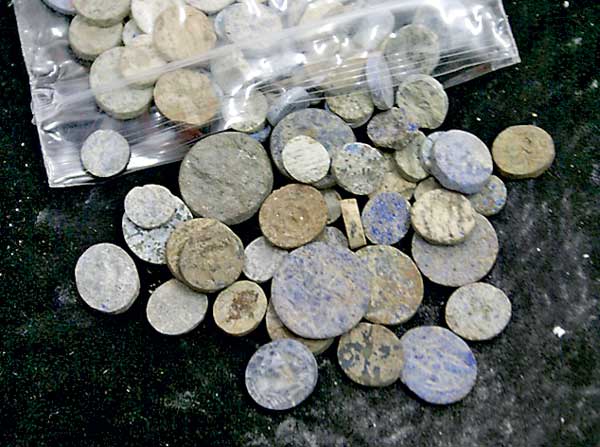
Lapis lazuli elements. Photo: ICA Shipwreck story
Studies were undertaken, and in 2010, an auction was organised in Jakarta. And it was a resounding failure, but a victory for the opponents of the sale. With an argument that I greatly respect: this treasure, a witness to the trade and history of the lively exchanges between Indonesia and many other countries, should not leave the country where it was discovered. Ideally, it should even be offered in a single lot. This is what was done in 2012, only to fail again. For the record, the starting price is $80 million.
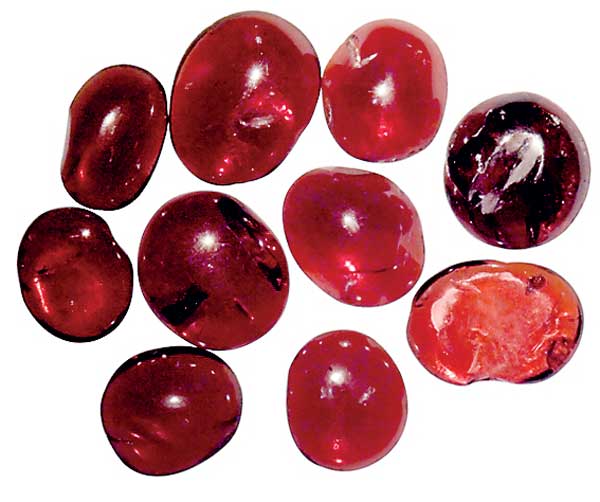
The famous garnets from the Ciberon treasure. Photo: ICA Shipwreck story
But a few weeks ago, Ken Scarrat – director of the GIA campus and the GIA Research Center based in Bangkok – was invited to come and appraise the gem elements of the treasure stored at Christie’s in Singapore. And his findings are particularly interesting for those interested in the history of gemology:
- The 400 sapphires listed in blue, yellow and pink hues are of Sri Lankan origin. The typical colours and inclusions of the stones found in the country’s gemstone gravels
- The 4000 red stones are actually garnets (not rubies as the discoverers thought) from Sri Lanka and South India.
- The lapis lazuli comes from Afghanistan.
- Finally, the thousands of fine pearls come from Sri Lankan fisheries but also from the Persian Gulf.
This allows us to conclude that Sri Lanka is currently the oldest known source of production for sapphires and that the deposits in this country have been identified and exploited for more than 11 centuries.
See you soon!




